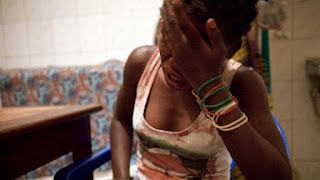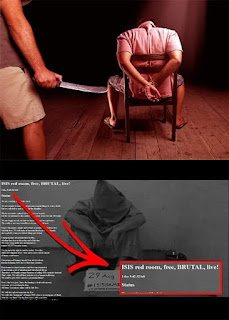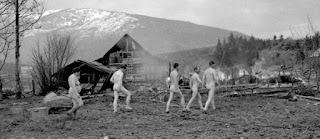THE GATHERING OF EVIDENCE
THE GATHERING OF EVIDENCE
The first U.S. Army photographers reached the camp three days after the liberation of Buchenwald on 11 April 1945. The pictures they took were published all over the world and have continued to shape the public’s image of the concentration and extermination camps to this day. They also came to serve as evidence of the National Socialist crimes.
The war correspondents were as shocked as the American soldiers by the conditions they discovered in Buchenwald. Margaret Bourke-White, who worked for Life Magazine, later recalled: “I kept telling myself that I would believe the indescribably horrible sight in the courtyard before me only when I had a chance to look at my own photographs. Using the camera was almost a relief; it interposed a slight barrier between myself and the white horror in front of me.”
In addition to press photographers, army photographers from the 166th Signal Photo Company were at work in Buchenwald. The pictures taken by the latter were the first to pass military censorship and be telegraphed to all the countries of the world. As early as 19 April, the first photo of the Buchenwald crematorium courtyard – taken during the Weimar citizens’ tour of the camp on 16 April 1945 – was published in the London Times.
The military photographers’ most important task was to document the German crimes. Their photographs served as evidence for all persons not present in the camp as direct eyewitnesses, and were used in preparation for the war crimes trials. In 1947, the photographer Adrian J. Robertson was required to confirm the authenticity of the pictures he had taken in Buchenwald, which played a significant role in the Buchenwald Trial held in Dachau.
British and American
parliamentary/congressional delegations toured the liberated camp. In addition to the appalling physical condition of the liberated inmates, it was primarily the heaps of corpses found on the camp grounds, the crematory ovens, and the mountains of bone ash that were seen as evidence of the “nazi horror mills” and thus became a symbol of the NS crimes and the Holocaust in general.
.jpeg)
.jpeg)
.jpeg)
.jpeg)










Comments
Post a Comment